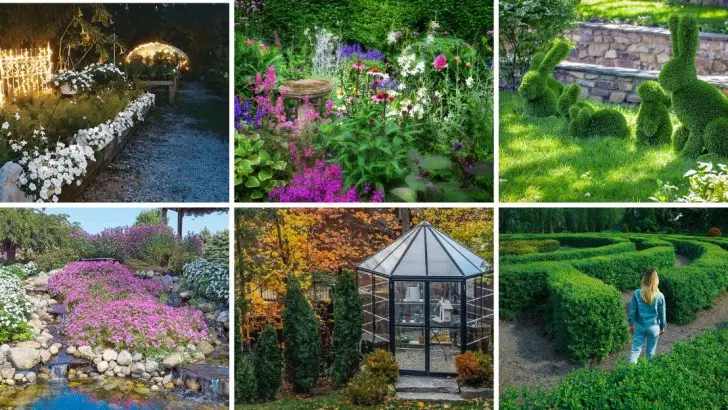Gardening has been around long enough to go through trends just like fashion or home decor. Some of the old ideas were genuinely brilliant—practical, beautiful, or just plain fun—but somehow got left behind as new techniques and styles took over. Now, with so many people rethinking how they use their outdoor spaces, a few of those past favorites might actually be worth bringing back.
From quirky design choices to low-maintenance planting methods, these forgotten garden trends have a lot going for them. They worked for a reason, and with a modern twist, they might just fit right in again. It’s not about going full nostalgia—it’s about finding smart ideas that still hold up.
Moon Gardens
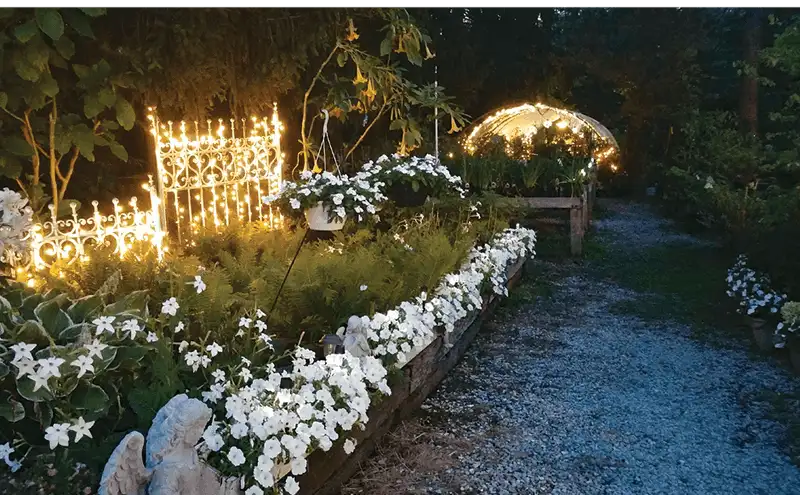
Imagine a garden that comes alive at night, basking in the moon’s glow. Moon gardens feature plants with white flowers and silver foliage, creating a luminous effect after dusk. These gardens not only enhance nocturnal beauty but also attract nighttime pollinators.
Historically, moon gardens were popularized in the Victorian era. They offer a serene escape for those evenings when you need tranquility. The choice of plants like evening primrose or white lilies complements the ethereal theme. It’s a magical return to simplicity and elegance in gardening.
Why not give your garden a mystical night-time allure?
Herb Spirals
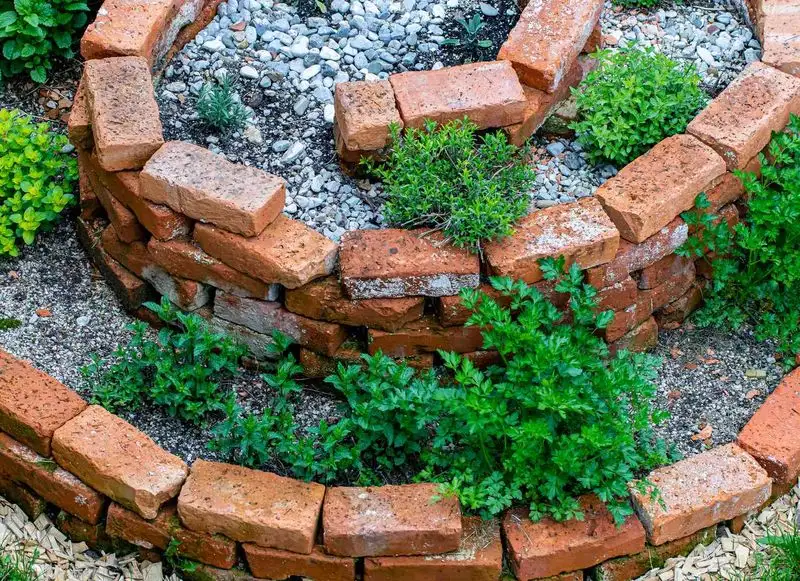
Herb spirals are a clever way to maximize space and create a dynamic visual element. These vertical gardens use a spiral design to accommodate a variety of herbs in a small area. The shape allows for microclimates suitable for different herbs.
Originating from permaculture principles, herb spirals are both functional and aesthetic. They bring sustainability to the forefront, making it easy to tend to each plant without bending. Whether you’re an avid cook or just love the aroma of fresh herbs, this trend revitalizes the kitchen garden.
Explore this space-efficient gardening method today.
Cottage Gardens
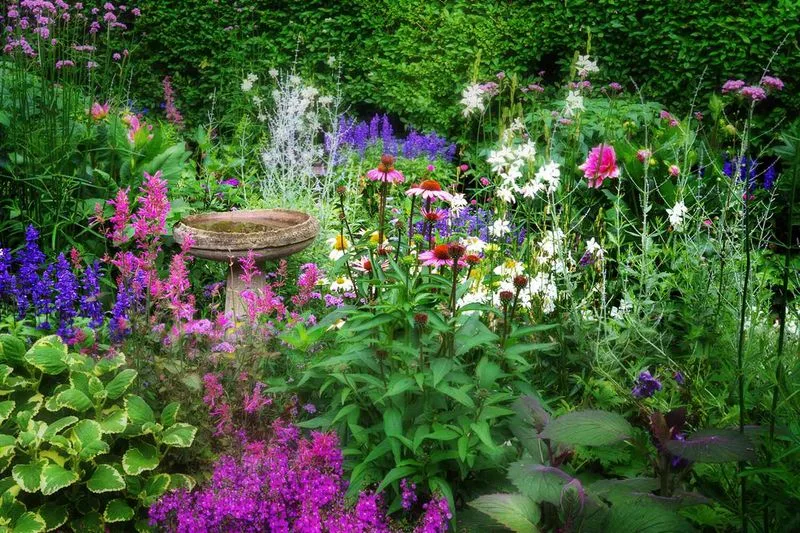
Cottage gardens exude a timeless charm with their informal design and abundance of flowers. These gardens are reminiscent of English countryside aesthetics, where practicality meets beauty. The mix of flowers, vegetables, and herbs creates biodiversity.
With origins in the 19th century, cottage gardens provided food and medicinal herbs for families. Today, they offer a riot of colors and textures that delight the senses. The idea is to let nature take its course, with plants spilling over paths and climbing up walls.
Bring a slice of rural nostalgia to your home.
Topiary Art
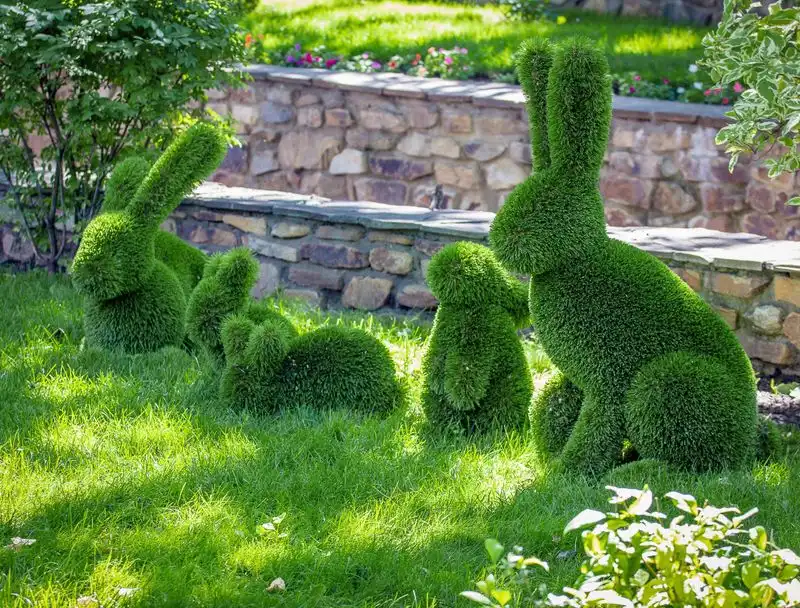
Topiary art transforms ordinary shrubs into living sculptures. This ancient art form has been gracing gardens since Roman times, offering whimsical and artistic flair. From geometric shapes to animal figures, topiary art showcases creativity and skill.
The practice requires patience and precision, turning gardening into an artistic pursuit. It’s no wonder that it has adorned the grandest of European gardens. Topiary brings an element of controlled elegance and structure to any garden setting.
Rekindle this classic artistry and let your garden tell imaginative stories.
Rock Gardens
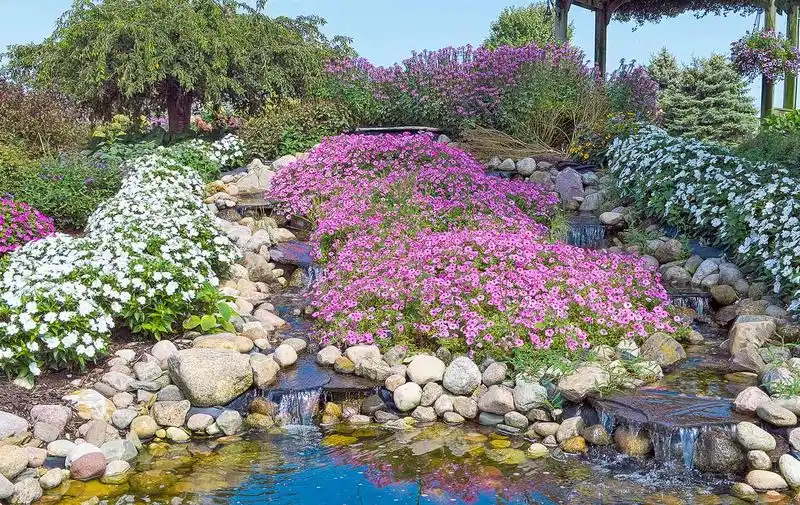
Rock gardens mimic mountainous terrains with their unique blend of stones and alpine plants. They offer a rugged beauty that’s both low-maintenance and drought-tolerant. These gardens create a focal point with textures and colors that change with seasons.
Originating from alpine regions, rock gardens were once a symbol of sophistication. Today, they provide a haven for rare and delicate plants. The juxtaposition of rocks and flora creates a harmonious balance in any landscape.
Embrace the wild aesthetics of nature in your backyard.
Wildflower Meadows
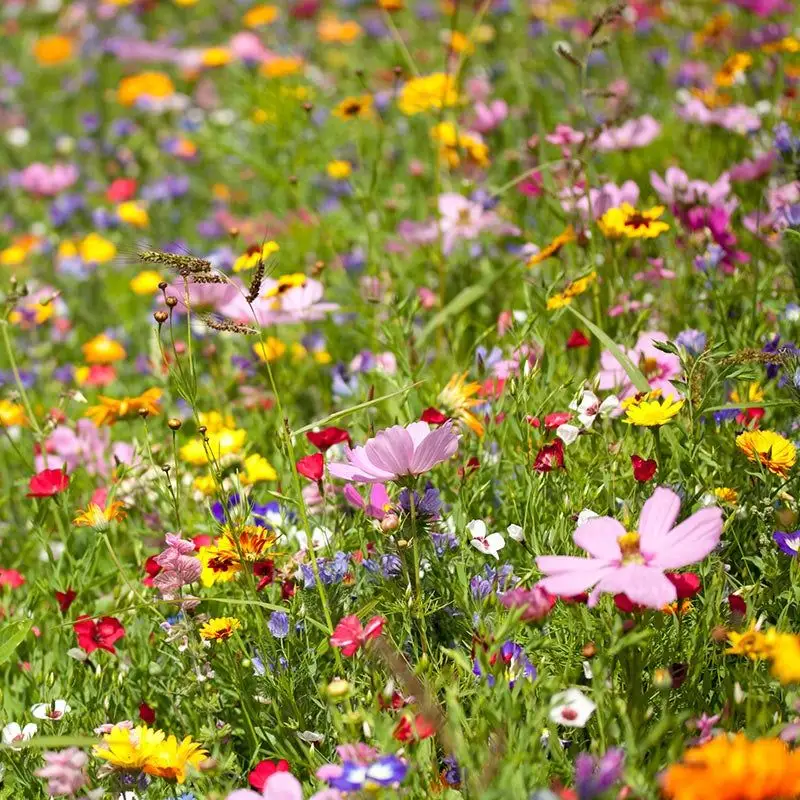
Wildflower meadows are a celebration of nature’s beauty and biodiversity. Unlike manicured lawns, they offer a natural and unstructured landscape. These meadows attract pollinators like bees and butterflies, promoting ecological health.
Inspired by traditional countryside fields, wildflower meadows require less maintenance and provide year-round interest. They are perfect for large spaces and can be tailored to suit local climates. The vibrant colors and gentle sway of wildflowers bring life to any garden.
Why not add a touch of wilderness to your home?
Victorian Greenhouses
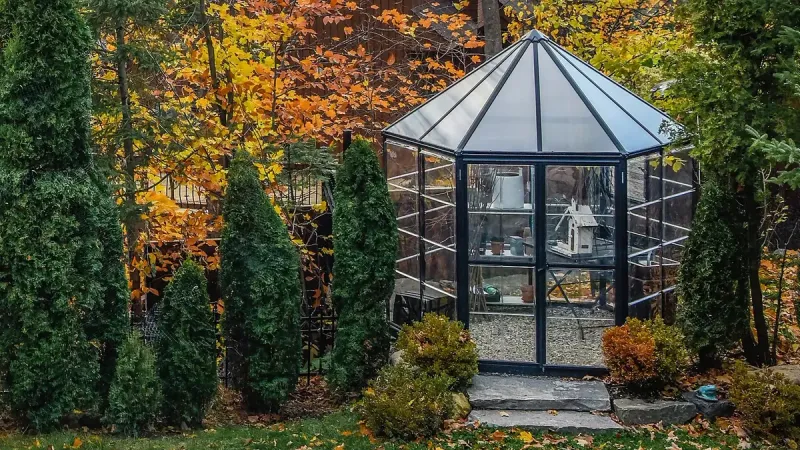
Victorian greenhouses are architectural marvels that blend functionality with grace. These structures were once symbols of prestige, allowing exotic plants to flourish in any climate. The elegant design with decorative ironwork and glass panels is truly captivating.
Greenhouses extend the growing season and protect plants from harsh weather. They provide a controlled environment for delicate species, making gardening a year-round endeavor. Whether housing orchids or ferns, their vintage allure remains unmatched.
Reintroduce this grand feature and elevate your gardening experience.
Hedge Mazes

Hedge mazes are both playful and mysterious, offering a sense of adventure in a garden setting. These living puzzles date back to the Renaissance, creating a space for exploration and reflection.
The artistry lies in the careful planning and cultivation of hedges to form complex patterns. Hedge mazes add an element of grandeur and challenge, inviting visitors to get lost and find their way. They are perfect for large estates and parks.
Rediscover the joy of wandering through a maze of green.
Water Features
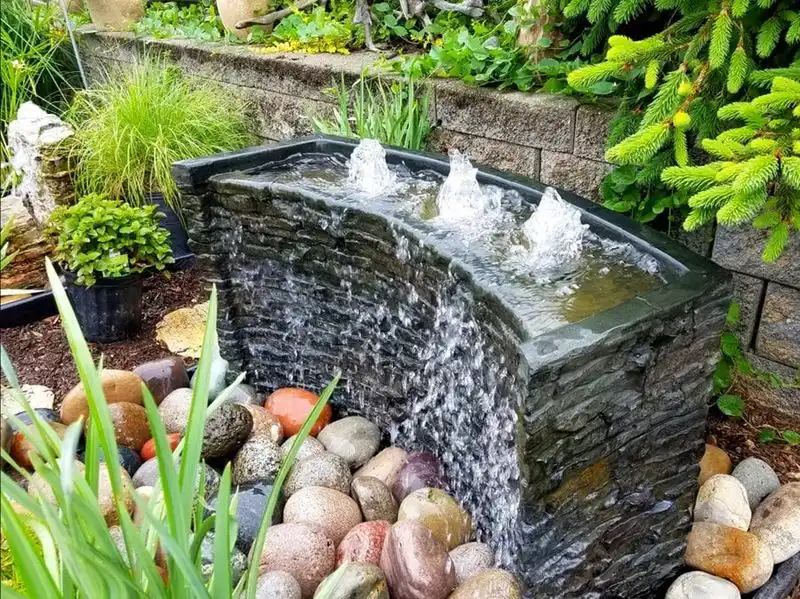
Water features bring tranquility and life to any garden. From ponds to fountains, the sound of flowing water is calming and enhances the garden ambiance. Water features attract wildlife, turning your garden into a lively ecosystem.
Historically, they have been a central element in formal gardens, symbolizing wealth and serenity. The reflective quality of water adds depth and dimension, making small spaces appear larger. Whether it’s a babbling brook or a serene pond, water features have timeless appeal.
Enhance your garden’s allure with the soothing presence of water.
Edible Landscapes
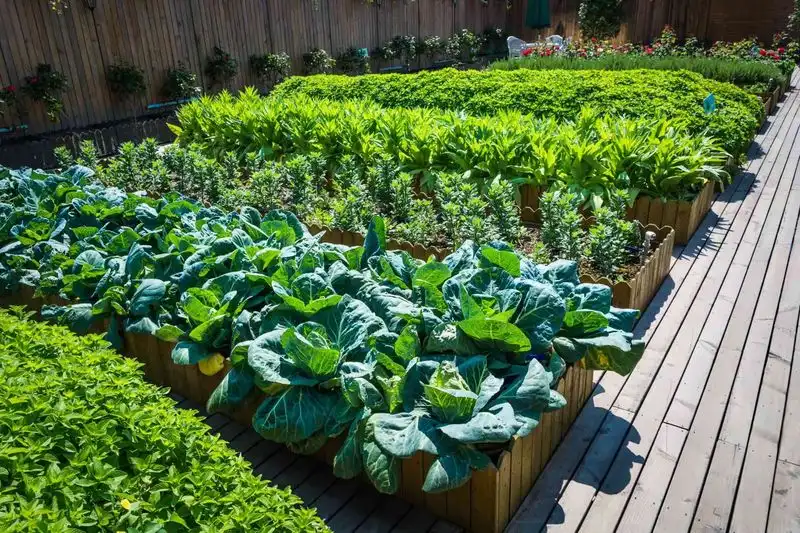
Edible landscapes blend aesthetics with functionality, turning gardens into a source of nourishment. This trend emphasizes sustainable living by integrating edible plants into ornamental settings. Imagine picking fresh fruits, vegetables, and herbs right from your garden.
This concept has historical roots in cottage gardens, where practicality met beauty. Edible landscapes reduce food miles and promote self-sufficiency. They also provide habitat for pollinators, supporting biodiversity.
Transform your garden into a feast for the eyes and the table.
Zen Gardens
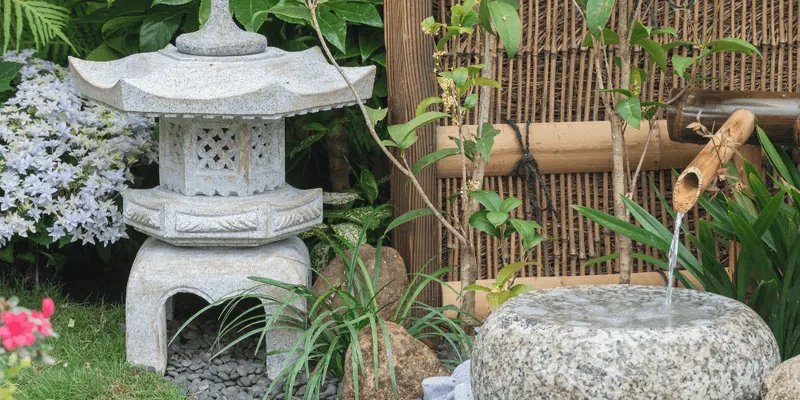
Zen gardens evoke a sense of peace and meditation, offering a minimalist escape from the chaos of daily life. These gardens feature elements like raked gravel, moss, and stones arranged in harmonious compositions.
Originating from Japanese culture, Zen gardens are designed for reflection and contemplation. The simplicity and balance they offer encourage mindfulness. Each element is thoughtfully placed to create a tranquil atmosphere.
Embrace the calming influence of Zen in your outdoor space.
Garden Rooms
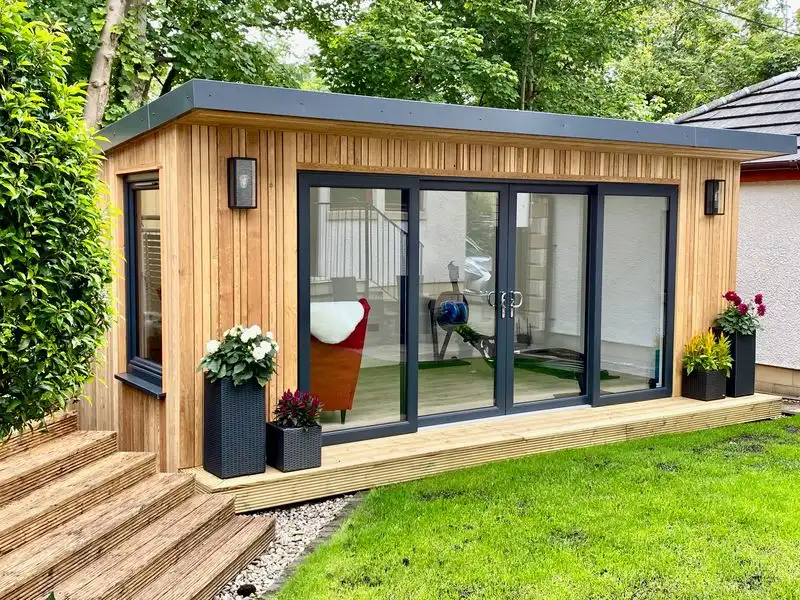
Garden rooms transform outdoor spaces into inviting retreats. These defined areas offer privacy and comfort, blurring the lines between indoor and outdoor living. Imagine a cozy nook with seating, surrounded by lush greenery.
Garden rooms are versatile, serving as dining areas, reading nooks, or entertainment spaces. They encourage relaxation and social interaction, enhancing the overall garden experience. The concept dates back to medieval times when cloister gardens offered seclusion.
Create your own sanctuary with a personalized garden room.
Peony Borders
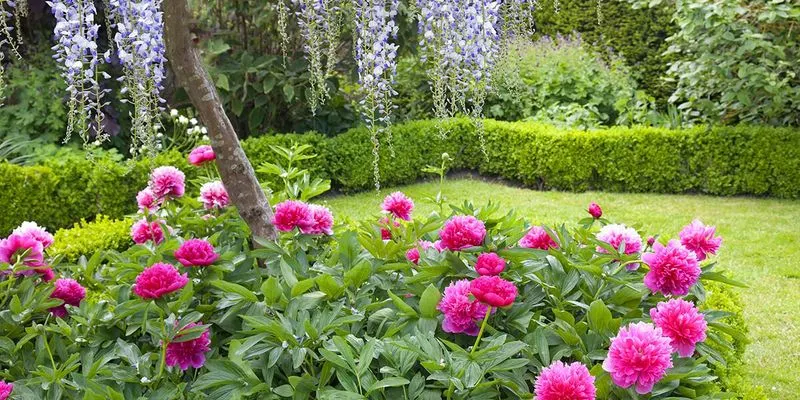
Peony borders add elegance and romance to any garden. These fragrant flowers are known for their lush, ruffled blooms in shades of pink, white, and red. Peonies have been cherished in gardens since ancient China, symbolizing wealth and honor.
The blooms are a highlight in spring, drawing admiration with their beauty and scent. Peony borders are low-maintenance once established, thriving in well-drained soil. They complement any garden style, from formal to cottage.
Reintroduce this time-honored floral tradition to your garden.
Sunken Gardens
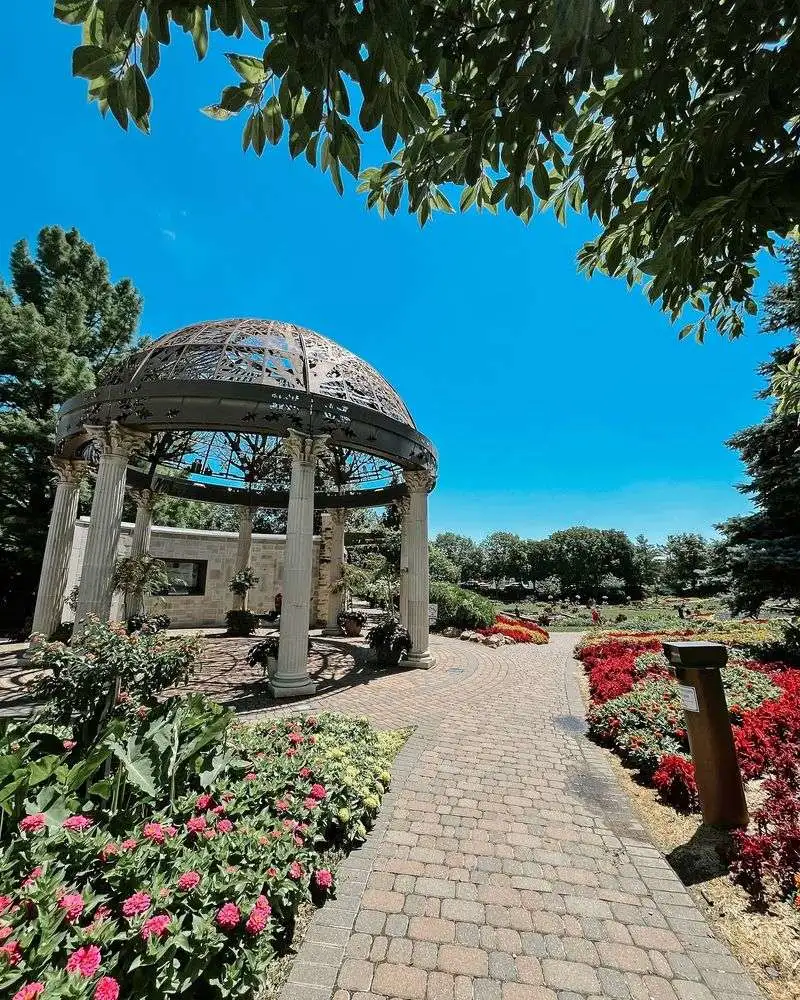
Sunken gardens create a dramatic effect by lowering the garden bed, offering a unique perspective. These gardens are often enclosed by walls or terraces, emphasizing privacy and intimacy. The design provides shelter from winds, making it a microclimate for diverse plants.
Historically, sunken gardens were symbols of luxury and ingenuity, allowing for creative landscaping. They bring depth and interest to flat landscapes and can feature water elements or sculptures.
Rediscover the charm of these hidden oases.
Living Walls
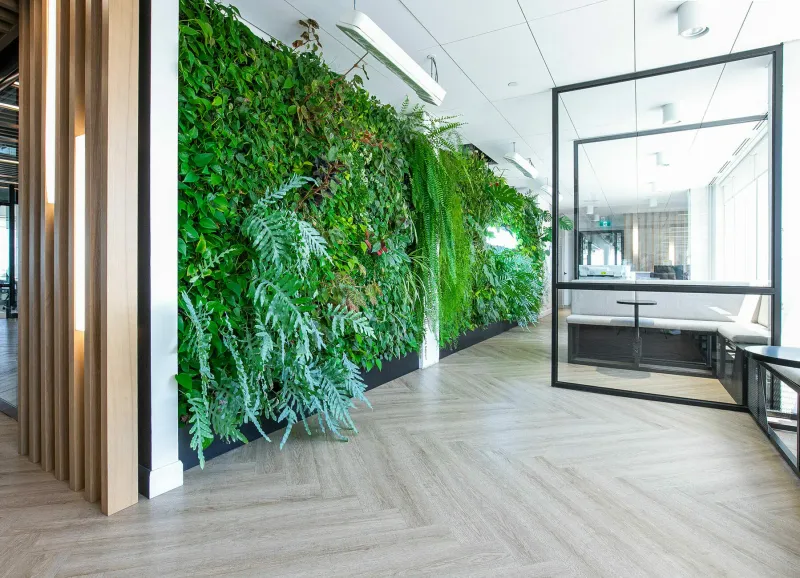
Living walls, or vertical gardens, are a striking way to introduce greenery into limited spaces. These walls become living canvases, showcasing a variety of plants in a vertical arrangement. They are perfect for urban environments where ground space is scarce.
The concept of living walls modernizes traditional gardening, providing insulation and air quality benefits. They transform plain walls into vibrant ecosystems, enhancing urban aesthetics. Whether indoors or outdoors, living walls offer a refreshing blend of nature and architecture.
Revitalize your space with this innovative garden trend.
Rooftop Gardens
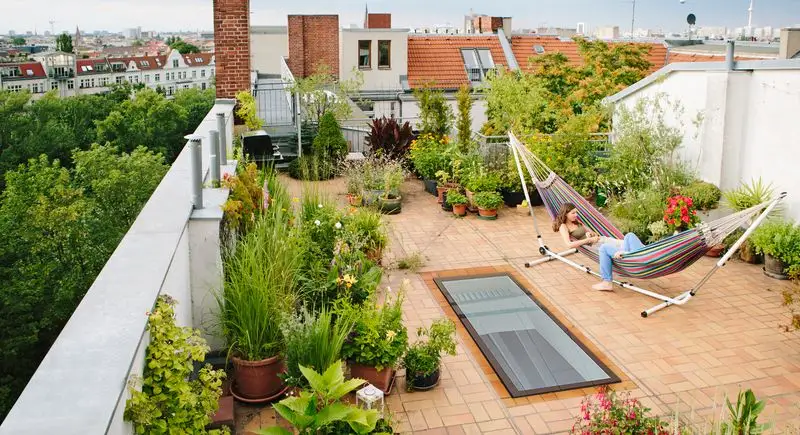
Rooftop gardens make use of underutilized urban spaces, offering green havens above bustling streets. These gardens transform rooftops into peaceful retreats with plants, seating, and sometimes even small trees.
Rooftop gardens provide environmental benefits like improved air quality and insulation. They offer a space for relaxation and community interaction in crowded cities. The concept dates back to ancient Mesopotamia with the Hanging Gardens of Babylon.
Elevate your urban lifestyle by cultivating a rooftop oasis.

